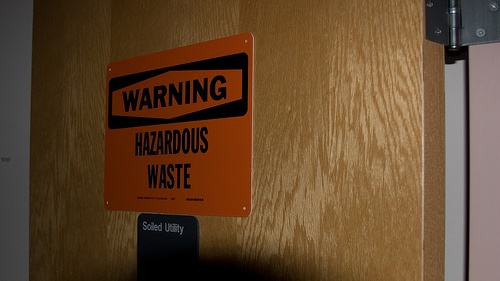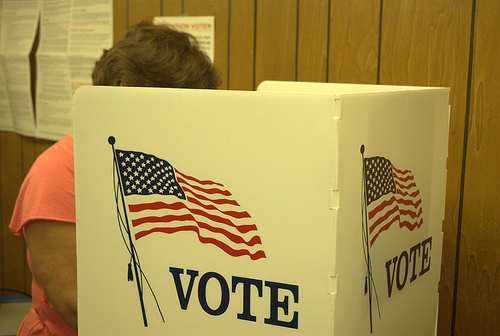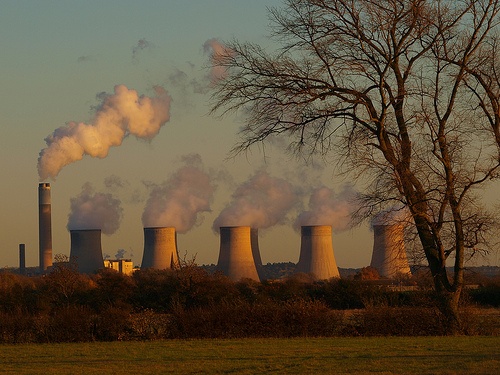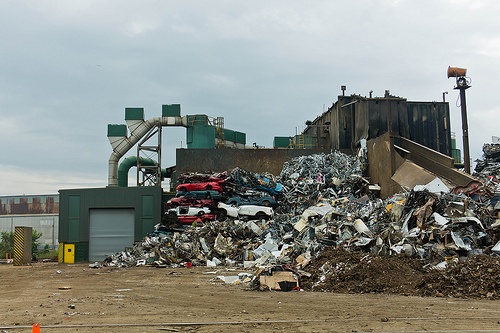As entrepreneurs commercialize “nanomaterials”, occupational safety and health (OSH) agencies and professionals are developing standards to evaluate and manage the associated hazards. These protective efforts cover the full range of OSH agency efforts. The easiest step is to expand application of the Employer’s General Duty to protect workers against workplace hazards to cover nanomaterials –easiest since this Clause requires employers to take steps against “recognized” hazards, and do not bind the agencies to promulgate specific standards (I’ve written about the General Duty Clause here, and about recommendations for comprehensive safety and health programs here). At the other extreme, the Occupational Safety and Health Administration (OSHA) or other OSH agencies can issue enforceable OSH standards –so far there are none exclusively addressed to nanomaterials, although some materials do trigger some standards (see below). Between these extremes, agencies can and do offer non-mandatory but detailed guidelines for some hazards – the National Institute for Occupational Safety and Health (NIOSH) just issued such a guide for nanomaterials, building on similar publications by other agencies. The rest of this blog discusses the new NIOSH guide, “Building a Safety Program to Protect the Nanotechnology Workforce: A Guide for Small to Medium-Sized Enterprises” (NIOSH Guide), and references some of resources used to produce them.
Read MoreAudit, Compliance and Risk Blog
Tags: Employer Best Practices, Health & Safety, OSHA, Employee Rights, EPA
The U.S. Environmental Protection Agency (EPA) administers rules governing the import and export of hazardous waste regulated by the Resource Conservation and Recovery Act (RCRA). These rules ensure that the U.S. meets its international responsibilities as a member of the Organization for Economic Cooperation and Development (OECD) by creating national rules that meet agreed-upon OECD standards.
Read MoreTags: Environmental risks, Environmental, EPA, Greenhouse Gas, ghg, Hazcom
Creating a Security-Conscious Community to Prevent Violent Acts in the Workplace
Posted by W. Barry Nixon on Tue, Nov 22, 2016
The time has come to shift our thinking about how to prevent violent attacks in the workplace. Business as usual will not keep our workplaces safe from terrorist attacks.
Read MoreTags: Employer Best Practices, Employee Rights, Workplace violence
On October 18, the Occupational Safety and Health Administration (OSHA) issued “Recommended Practices for Safety and Health Programs” (Recommendations) – which revises its 1989 “Safety and Health Program Management Guidelines” (S&H Guidelines). As the name indicates, these recommendations suggest activities employers should undertake to ensure their employees’ safety and health. They are not regulations or other requirements, but the 1989 Guidelines have long been used by agency inspectors and onsite S&H personnel as generally applicable roadmaps to safer workplaces. This month’s revision end a review process that included a proposal and request for comments published in November 2015 (I blogged about the proposal here).
Read MoreTags: Employer Best Practices, Health & Safety, OSHA, Employee Rights
OSHA Proposes Technical Changes To Dozens Of Requirements
Posted by Jon Elliott on Tue, Nov 08, 2016
The Occupational Safety and Health Administration (OSHA) has proposed to update and/or clarify dozens of provisions in its regulatory standards, within its General Industry, Construction, and Shipbuilding Standards, as the latest round in an ongoing “Standards Improvement Project.” The proposals were published in the October 4 edition of the Federal Register, and comments are due by December 5. Depending on the comments (and perhaps on the outcome of the Presidential election), OSHA plans to finalize changes early in 2017.
Read MoreTags: Employer Best Practices, Health & Safety, OSHA, Employee Rights
As the United States’ Presidential election lurches toward November 8, I wanted to summarize the two major candidates’ positions on environmental issues. Starting with Republican nominee Donald Trump, the first thing to observe is that his official candidate campaign webpage does not list ‘environmental’ as one of the major pull-down issues available for viewing. However, positions on environmental issues are presented in the policy areas that are addressed.
Read MoreTags: Environmental risks, Environmental, EPA
Ontario Court Rejects Employee’s Claim That Director Owed Duty of Care to Employee
Posted by Ron Davis on Thu, Oct 27, 2016
The Ontario Psychological Association is a not-for-profit voluntary association that aims to advance the practice and science of psychology through advocacy and education. Charlotte (Carla) Mardonet was hired by the Association in 1990 to manage its affairs and administer its finances and money. In Ontario Psychological Assn. v. Mardonet (2016 ONSC 4528 (Ont. S.C.J.)), the Court granted the Association’s motion to strike the part of Mardonet’s counterclaim alleging that the Association and its officers and directors owed Mardonet a “duty of care and a fiduciary duty which they breached as a result of their failure to provide her with the supervision, management, support and guidance that was part of their responsibility” and claiming full indemnity and contribution from the directors for any amounts that Mardonet might be liable to the plaintiff. The defendant’s counterclaim was issued in response to the plaintiffs’ lawsuit alleging the defendant had “misappropriated the funds [$1.6 million] and converted them to her own benefit and the benefit of her family members and friends,” with the assistance of her immediate family.
Read MoreTags: Employer Best Practices, Employee Rights, Canadian, directors, directors & officers
The World Decides To Help The Climate By Helping The Ozone Layer
Posted by Jon Elliott on Tue, Oct 25, 2016
Last month I blogged about basic provisions of the Montreal Protocol on Substances that Deplete the Ozone Layer, and ongoing negotiations to expand it to require phaseout of chemicals that harm the stratospheric ozone layer and contribute to climate change (click here, and included links to early blogs on Montreal Protocol issues). At that time, proposals all focused on hydrofluorocarbons (HFCs). At that point, global HFC use was increasing by roughly 10% annually, driven primarily by expanding use for air conditioning as hot developing countries sought to catch up with comfort levels in their developed counterparts. Proposed timelines and end-targets for reversing that expansion varied considerably.
Read MoreTags: Environmental risks, Environmental, EPA, ghg, climate change
U.S. Commission on Civil Rights Criticizes EPA’s Environmental Justice Efforts
Posted by Jon Elliott on Tue, Oct 18, 2016
In September 2016, the U.S. Commission on Civil Rights (Commission) issued its annual “Statutory Enforcement Report for 2016”; this year’s topic is the Environmental Protection Agency’s (EPA’s) efforts to protect and promote “Environmental Justice.” The Commission reviews decades of EPA efforts, and criticizes longstanding inadequacies.
Read MoreTags: Health & Safety, Environmental risks, Environmental, EPA, ghg, Hazcom, RCRA
California Tightens Restrictions On High-Impact Short-Lived Climate Pollutants
Posted by Jon Elliott on Tue, Oct 11, 2016
Attempts to reduce greenhouse gas (GHG) emissions are more complex than they first appear. Reports in the mass media tend to focus on carbon dioxide (CO2). The United Nations Framework Convention on Climate Change (Framework Convention) focuses primarily on six GHGs, including CO2 as well as methane (CH4), nitrous oxide (N2O), hydrofluorocarbons, perfluorocarbons, and sulfur hexafluoride (SF6). Climate change scientists have identified hundreds of GHGs, with widely varying sources, relative contributions to climate change (numerical “global warming potential (GWP)”, where CO2 is defined as 1.0), and total contribution based on emitted volumes.
Read MoreTags: California Legislation, Greenhouse Gas, ghg, Hazcom, climate change










